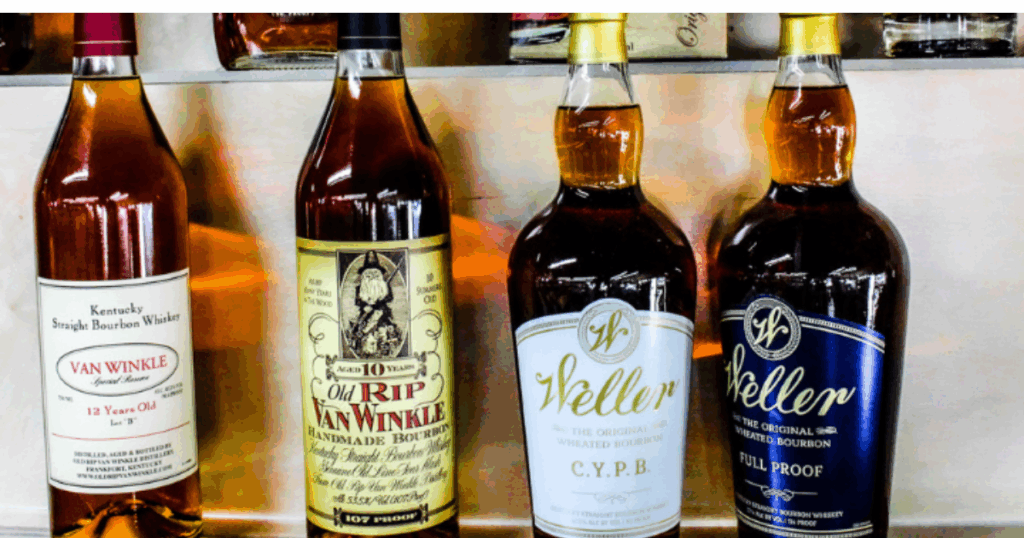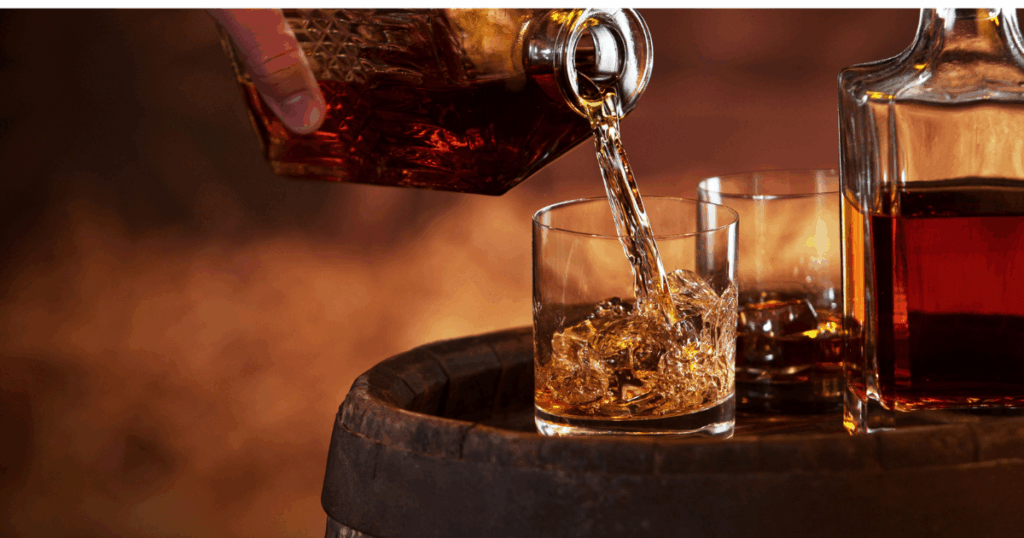Whiskey tasting is an art that involves more than just sipping the spirit. It’s about appreciating the complex flavors, aromas, and textures that make each whiskey unique. Here’s a comprehensive guide to help you taste whiskey like a connoisseur, enhancing your appreciation and enjoyment of this beloved spirit.
1. Prepare Your Palate
Hydrate: Before you begin your whiskey tasting session, it’s important to hydrate. Drinking water helps cleanse your palate and keeps you hydrated, ensuring that your taste buds are primed to detect the subtle nuances of the whiskey.
Neutral Food: Have some neutral-flavored snacks like crackers or plain bread on hand. These can help reset your taste buds between tastings, allowing you to fully appreciate each whiskey without interference from lingering flavors.
Avoid Strong Flavors: Avoid consuming strong-flavored foods or beverages before your tasting session, as these can affect your ability to accurately perceive the flavors in the whiskey.
2. Choose the Right Glass
Whiskey Glass: Using the right glass can significantly enhance your whiskey tasting experience. A tulip-shaped glass, such as a Glencairn glass, is ideal. This type of glass concentrates the aromas at the top, allowing you to better appreciate the whiskey’s bouquet.
Why It Matters: The shape of the glass helps to trap the aromas, making it easier to detect the complex scents that contribute to the whiskey’s overall profile. A wider bowl allows the whiskey to breathe, while the narrower rim focuses the aromas towards your nose.
3. Look
Color: Begin by observing the color of the whiskey. Hold the glass up to the light and note the hue, which can range from pale gold to deep amber. The color can provide clues about the type of cask used for aging and the whiskey’s age.
- Young Whiskeys: Tend to have a lighter color, often pale gold or straw.
- Aged Whiskeys: Develop deeper colors, such as amber or mahogany, due to prolonged contact with the wood.
Clarity and Viscosity: Check for clarity by swirling the glass gently. A clear whiskey is typically a sign of quality, while haziness might indicate filtration issues. Observe the legs (the streaks that form on the glass after swirling). Thicker legs can indicate a higher alcohol content or a richer body.
Tips for Observing:
- Use a white background, like a piece of paper, to better see the color and clarity.
- Hold the glass by the stem or base to avoid warming the whiskey with your hand.
4. Smell
First Sniff: Take a gentle sniff to get the initial aromas. This first impression can give you a sense of the whiskey’s primary scents and overall character.
Deep Inhale: Swirl the whiskey in the glass to release more aromas, then take a deep inhale. Try to identify different scents, such as vanilla, caramel, fruit, spices, and oak. Pay attention to how the aromas change and develop with each sniff.
Aroma Categories:
- Primary Aromas: Derived from the grains and fermentation process (e.g., fruity, floral, or grassy notes).
- Secondary Aromas: From the distillation process (e.g., esters and aldehydes contributing to fruity and floral scents).
- Tertiary Aromas: Developed during aging (e.g., oak, vanilla, caramel, spice).
Tips for Smelling:
- Take short sniffs rather than deep breaths to avoid overwhelming your senses.
- Alternate between nostrils to detect subtle differences.
5. Taste
First Sip: Take a small sip and let the whiskey roll over your tongue. Notice the initial flavors and how they evolve. Pay attention to the sweetness, bitterness, acidity, and saltiness.
Mouthfeel: Consider the texture and body of the whiskey. Is it light, medium, or full-bodied? Note the mouthfeel, which can range from silky and smooth to rough and tannic.
Flavor Development:
- Initial Taste: The flavors you detect immediately after the sip.
- Mid-Palate: How the flavors develop and change as the whiskey sits on your tongue.
- Finish: The aftertaste and how long the flavors linger after swallowing. Note any additional flavors that emerge during the finish, such as spice, smoke, or sweetness.
Tips for Tasting:
- Take small sips to avoid overwhelming your palate.
- Hold the whiskey in your mouth for a few seconds to fully experience its complexity.
6. Add Water
Enhancing Flavors: Adding a few drops of water can open up the whiskey and reveal hidden flavors. Water helps to dilute the alcohol slightly, making it easier to detect more delicate notes that might be masked by the ethanol.
Experimentation: Experiment with different amounts of water to find the right balance for each whiskey. Start with a few drops and gradually add more if needed. Observe how the aromas and flavors change with the addition of water.
Tips for Adding Water:
- Use a dropper or a teaspoon to control the amount of water added.
- Use room-temperature water to avoid shocking the whiskey.
Whiskey tasting is a journey of discovery, allowing you to explore the rich and diverse world of whiskey. By preparing your palate, using the right glass, and paying close attention to the look, smell, taste, and texture, you can enhance your appreciation and enjoyment of this complex spirit. Whether you’re tasting a single malt Scotch, a rich bourbon, or a spicy rye, these tips will help you taste whiskey like a connoisseur. Visit Pina Wine & Spirits to find a selection of whiskeys perfect for your next tasting session. Our knowledgeable staff can help you choose the best whiskeys to match your preferences and elevate your tasting experience. Cheers to your next whiskey adventure!






